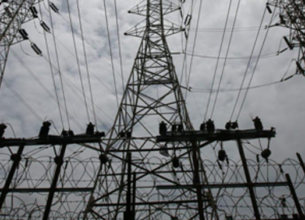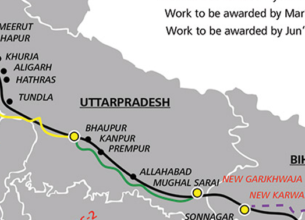AIR INDIA DISINVESTMENT
29, Jan 2020

Prelims level : Infrastructure, Road Inland, Railway Aviation, Housing, Rural & Urban
Mains level : GS-III Investment Models.
Why in News?
- The Government has kicked off the complete disinvestment process of Air India for the second time after it failed to receive a single bid in the first attempt back in 2018.
100% Stake Sale:
- Most significantly, the government will offload 100% of its stake in Air India, compared with 76% put on the block last time.
- The government holding even a minor stake in the airline post disinvestment was seen as a huge negative for any potential buyers.
- The buyer will have to take on Rs 23,286 crore of debt out of a total Rs 60,074 crore.
- Compared with this, in the last attempt, a potential buyer would have to take on Rs 33,392 crore of debt and current liabilities.
- The amount of debt being bundled with the airline in this attempt is towards the aircraft that are being sold off along with the carrier as part of the transaction.
- The working capital and other non-aircraft debt will be retained by the Government.
Employees:
- All present employees of Air India totalling as many as 9,617 permanent employees, including pilots and cabin crew, will go to the new buyer.
- The buyer should retain these employees for a certain lock-in period, which would be divulged in the share Purchasing Agreement. The government is exploring different modalities to ensure that the retired staff members have a Medical Cover.
Eligibility:
- Any private or public limited company, a corporate body and a fund with a net value of ₹3,500 crores will be eligible to bid.
- The present offer involves a clean exit by the government and complete transfer to the private player. This would ensure the private players enough freedom to run the state of affairs in the company without many regulations.
- The bid document also states that the existing FDI policy, which allows a foreign airline to buy up to 49% in Air India, will continue to apply.
Air India’s Assets:
- The new owner will be taking on a fleet of 121 aircraft in Air India’s fleet and 25 planes in Air India Express’ fleet.
- These exclude the four Boeing 747-400 Jumbojet aircraft that the airline plans to transfer to its subsidiary Alliance Air, which is not a part of the current transaction.
- However, like the last attempt, the properties currently in use by Air India, including the Nariman Point building and the company’s headquarters near Connaught Place in New Delhi will be retained by the government.
Pro’s of Air India:
- Air India has a 50.64% market share in international traffic among Indian carriers.
- The government is hopeful of attracting investors with the new sale criteria, coupled with the main benefits of the airline, which are prime slots in capacity-constrained airports across the world.
- However, any potential investor is also expected to look at the size of the airline’s operations with reference to what those operations generate.
- For example, both Air India and Singapore Airlines operate with a fleet of 121 aircraft, but in 2018-19 Air India posted a net loss of Rs 8,556 crore, whereas Singapore Airlines reported a net profit of Singapore $ 779.1 million (Approx Rs 4,100 crore).











